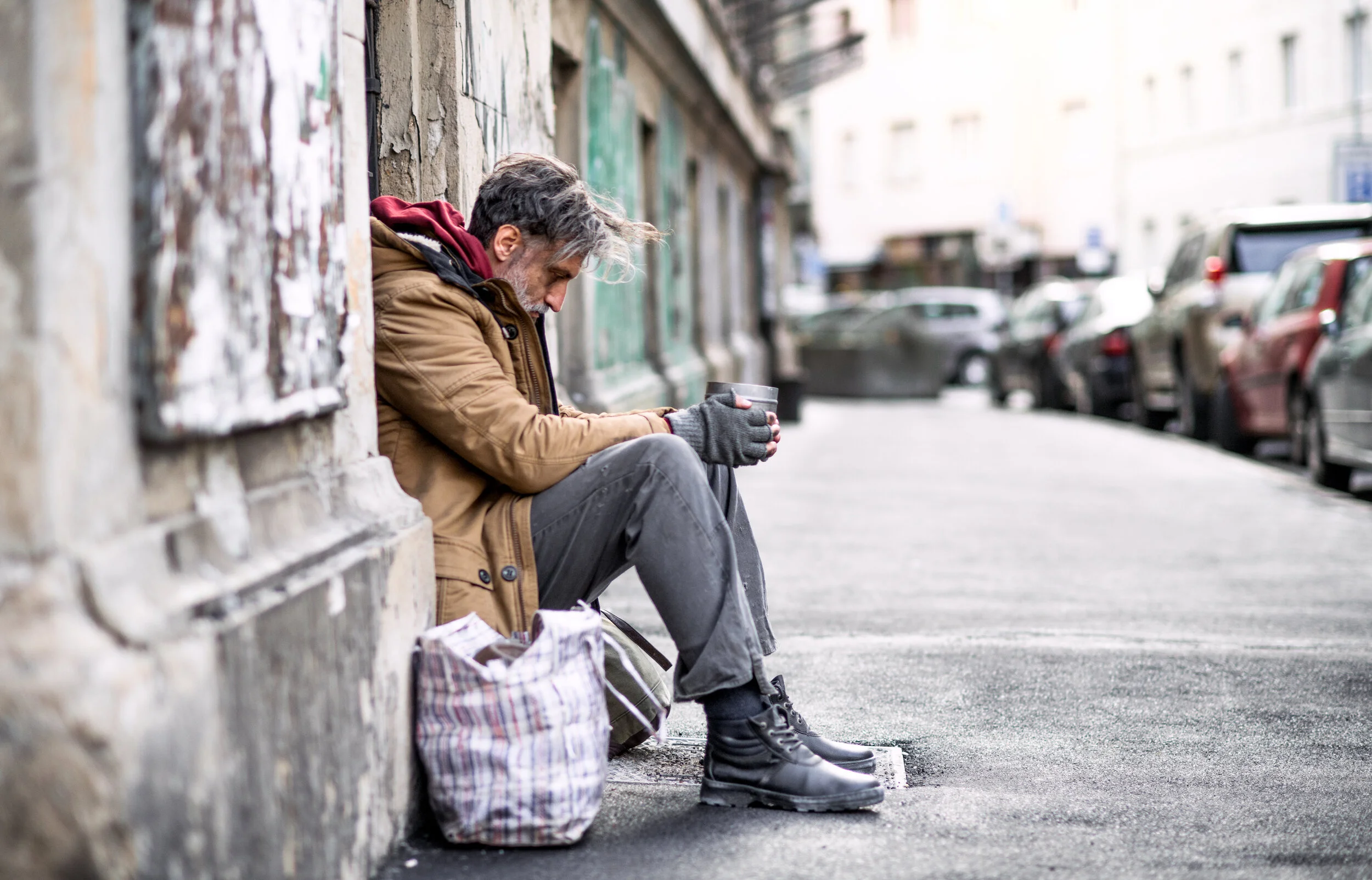From The John Jay College Institute for Justice and Opportunity (The Institute)
On Wednesday, April 29th, 2020, the Institute for Justice and Opportunity (formerly known as the Prisoner Reentry Institute at John Jay College of Criminal Justice) released a report: Mapping the City University of New York: The University's Commitment to Students Impacted by the Criminal Legal System. The report details the scope of CUNY's policies and programs for students impacted by the criminal legal system and explores opportunities for CUNY to better support those students. What follows comes from that report and also applies to those with brain illness who are system-involved.
As topics related to criminal justice reform receive increasing attention and support, consideration must also be given to the language used to describe the people impacted by the system and the system itself. In this report, we’ve chosen to adopt the term criminal legal system, rather than criminal justice system. The omission of the word “justice” is a reflection of the growing acknowledgment that our systems of criminalization, policing, prosecution, and punishment are not always “just.”[1] Instead, these systems much more accurately involve legal practice, and we chose to adopt terminology that describes just that.
We also urge the use of person-first language in all discussions related to supporting the experiences of people impacted by the criminal legal system. Person-first language avoids the conscious or subconscious nominalization of someone based on a single characteristic.[2] Words like “criminal,” “convict,” “felon,” “inmate,” and “prisoner” are powerful. They possess the ability to restrict people to categories that do not speak to their larger human identity and reinforce existing stereotypes about people with conviction histories.
From Time Special Edition Mental Health: A New Understanding
“Now consider the words we use to describe the people who exhibit [mental disorders]. It’s not just ‘crazy,’ ‘kooky,’ or ‘bonkers,’ which have little intrinsic meaning outside of their applications to mental illness. There are ‘cracked,’ ‘unhinged’ and ‘unbalanced,’ words for a thing that is broken. There are ‘deranged,’ ‘unsound’ and ‘berserk,’ words of imminent menace. And there are words that strip humanity entirely: the person who ‘goes ape,’ the person who is ‘batty.’ Imagine referring to a cancer patient as some kind of animal. We don’t. We wouldn’t. But the person with a mental illness? Sure.”[6]
From The Institute
The power of language was recognized by John Jay College President Karol Mason when she was the U.S. Assistant Attorney General, heading the Department of Justice’s Office of Justice Programs. President Mason issued an agency-wide policy directing the Office of Justice Programs to replace words like “felon” and “offender” with person-first language in an effort to “solidify the principles of individual redemption and second chances that our society stands for.”[3] More recently, the Berkeley Underground Scholars Initiative, a group of formerly incarcerated and system-impacted academics at the University of California, Berkeley, created a terminology guide for communicating about those impacted by the criminal legal system.[4] The Underground Scholars terminology guide grew from the work of the late Eddie Ellis, founder, and director of the Center for NuLeadership on Urban Solutions; a research training and advocacy think tank committed to elevating the full humanity and potential of all people.[5]
In short, we have learned that language matters. As we continue to advance the dialogue about the importance of education and the City University of New York’s (CUNY) role in supporting people who have been impacted by the criminal legal system, we will be using person-first language throughout this document. In doing so, we acknowledge and recognize the complexity of experiences of students on our campuses, where system-involvement may sit at the intersection of multiple identities.
Experiences with the criminal legal system vary among New Yorkers, and more specifically among CUNY students. There are students enrolled in the University who have been incarcerated and are now released, students who have been arrested but were not convicted, students who have been deeply affected by police practices including stop and frisk, and those whose family members or friends have been directly impacted. This is in addition to students taking CUNY classes at several correctional facilities across the city and state.
For the purpose of this report, we are using the term system-involved to describe individuals who have experienced direct contact with the criminal legal system through an arrest, conviction, and/or incarceration. We use system-impacted to describe individuals who have direct contact and/or have a family member or friend who has experienced contact with the criminal legal system. Both terms encapsulate the range of individual experiences with the system. Additionally, we recognize that there are many systems that impact our students, like the immigration and foster-care systems. Our use of the term system, in this report, references the impact of the criminal legal system in the lives of students.
Recognizing the power of language, we changed our name from the Prisoner Reentry Institute to the Institute for Justice and Opportunity in April 2020. Our new name better reflects our values and our mission to create opportunities for people to live successfully in the community after involvement with the criminal legal system. We collaborated with staff from all of our programs and surveyed students and partners at multiple points throughout the process until we ultimately decided on the Institute for Justice and Opportunity. Whereas the words “prisoner” and “reentry” carry negative connotations and speak to a singular narrative, the words “justice” and “opportunity” create space for us to envision students in relation to the environments where the opportunities for success and transformation are abundant—such as college and community. The Institute for Justice and Opportunity speaks to the many opportunities that are facilitated by our programs, services, and advocacy, and speaks to our continuing work toward a more just society.
footnotes
[1] Benjamin Levin, “Rethinking the Boundaries of ‘Criminal Justice’,” Ohio State Journal of Criminal Law 15, no. 619 (2018): 620; Lucy Lang, “The Punishment Bureaucracy Has Nothing to Do With Justice,” Slate, last modified November 18, 2019.
[2] Valerie Johnson, “Why Nonprofits Need to Switch to Person-first Language Immediately,” Generocity, accessed September 9, 2019.
[3] Tom Jackman, “Guest Post: Justice Department Agency to Alter its Terminology for Released Convicts, to Ease Reentry,” the Washington Post, accessed September 9, 2019.
[4] “Language Guide for Communicating About Those Involved in the Carceral System,” News, Berkeley Underground Scholars, accessed September 9, 2019.
[5] “Language Letter Campaign,” Human Justice Campaigns, Center for Nuleadership on Urban Solutions, accessed November 25, 2019. 5A NOTE ON LANGUAGE
[6] David Bjerklie, “Finding the Right Words,” Time Special Edition Mental Health: A New Understanding. October 2018 (Not a part of the original Institute report – DG)
David Geiger is a licensed electrical engineer who spent 7 years in psychiatric hospitals and over 40 years since 1979 in the courts as a result of his schizophrenia.
















